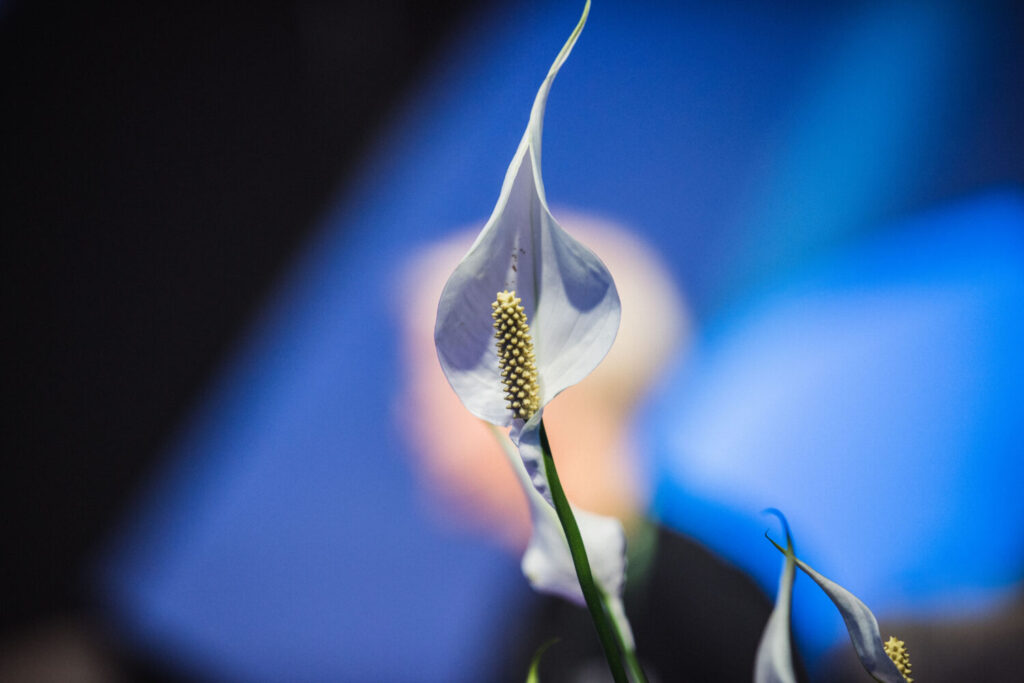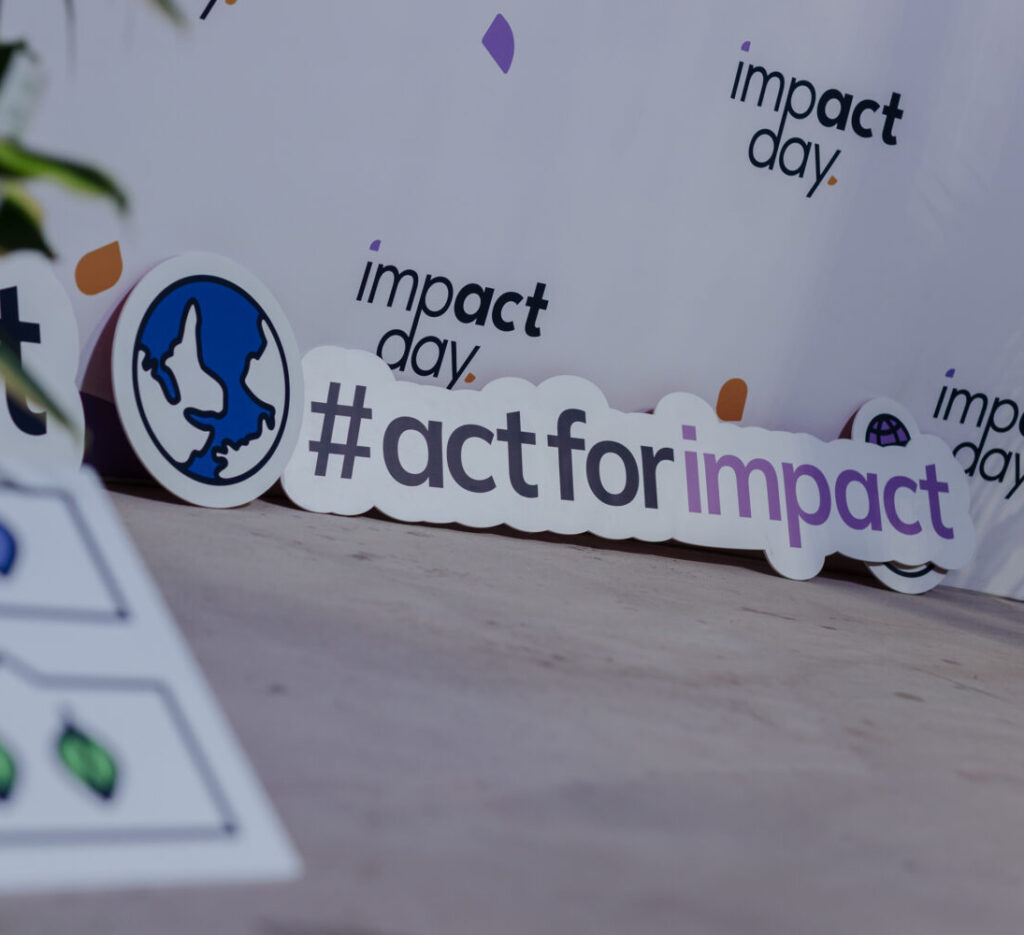We recognize the urgency of addressing our environmental impact and have focused our efforts to reduce the negative effects of our event as much as we can. But even with all of our practical steps combined, there’s no way to reach zero carbon emmissions. That’s why we’re taking proactive steps to mitigate the carbon footprint of the festival.
Did you know that up to 70% of our event’s carbon emissions come from attendee travel? Whether by plane, car, or train, every journey contributes to our collective environmental footprint.
We’re taking important steps to ensure we compensate our emissions, can you help compensate yours?


